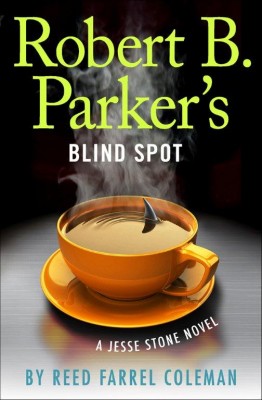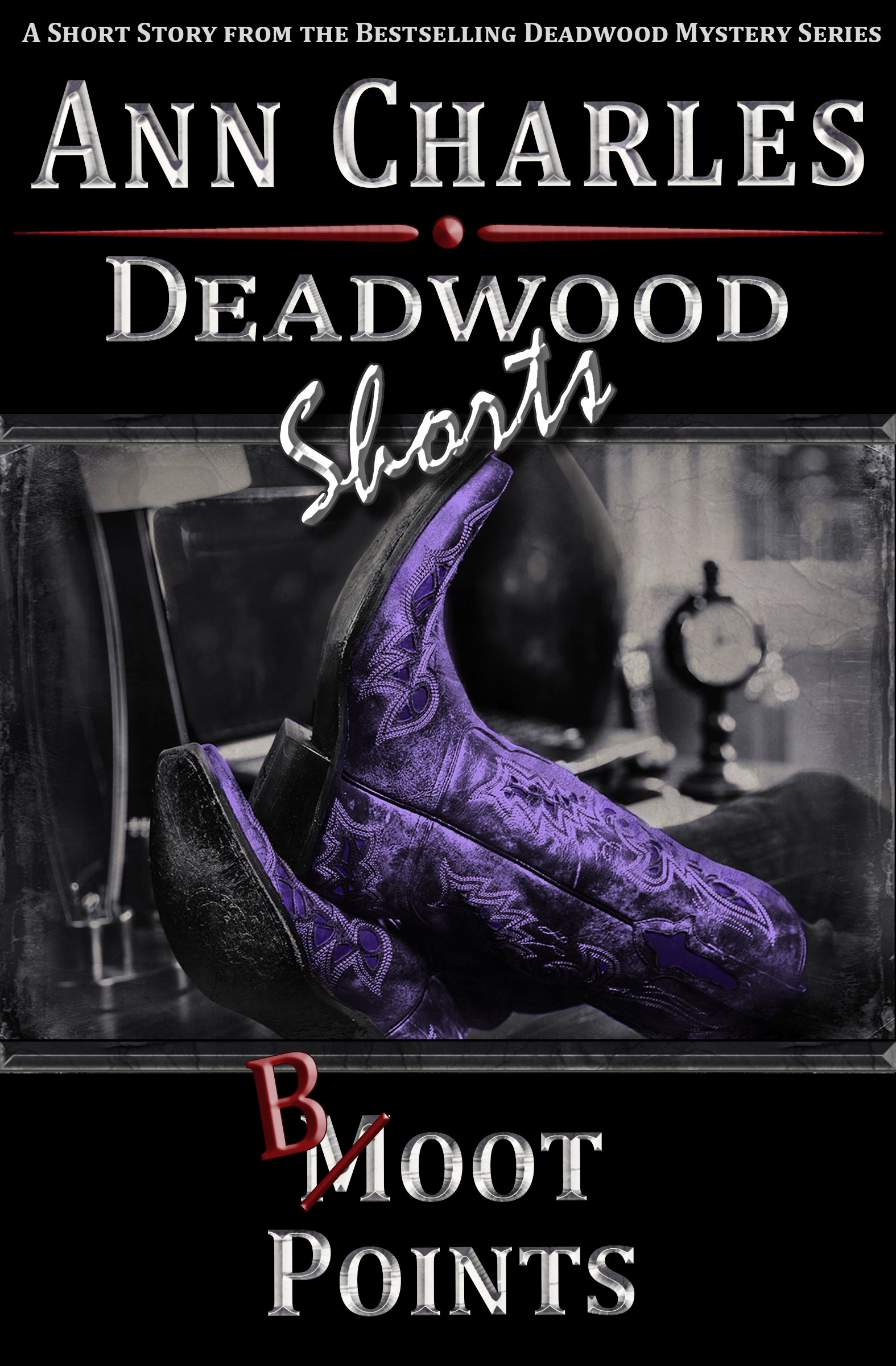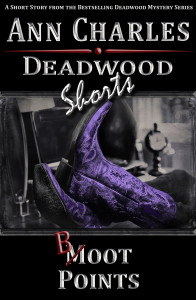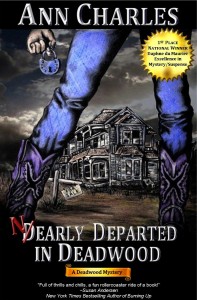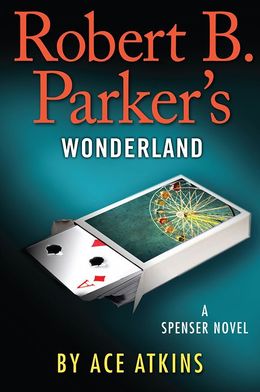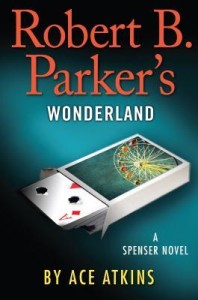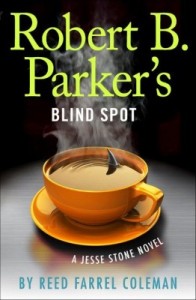 Robert B. Parker died in 2010, but his characters Spenser, Jesse Stone and Virgil Cole have lived on in new books by other authors. Ace Atkins pulled off a miracle by writing two Spenser novels that could have been mistaken for the work of Parker himself…and in his prime. Michael Brandman’s three Jesse Stone novels were awful, not just bad attempts at imitating Parker, but horribly-written books by any measure. Robert Knott’s first Virgil Cole book, Ironhorse, was a decent western, but unremarkable and certainly not up to Parker’s level (his second Cole book, Bull River, was a definite step up and, wisely, a few steps away from attempting to imitate Parker). And the less said about Helen Brann’s Silent Night, a misguided attempt to finish the book Parker was writing when he died, the better.
Robert B. Parker died in 2010, but his characters Spenser, Jesse Stone and Virgil Cole have lived on in new books by other authors. Ace Atkins pulled off a miracle by writing two Spenser novels that could have been mistaken for the work of Parker himself…and in his prime. Michael Brandman’s three Jesse Stone novels were awful, not just bad attempts at imitating Parker, but horribly-written books by any measure. Robert Knott’s first Virgil Cole book, Ironhorse, was a decent western, but unremarkable and certainly not up to Parker’s level (his second Cole book, Bull River, was a definite step up and, wisely, a few steps away from attempting to imitate Parker). And the less said about Helen Brann’s Silent Night, a misguided attempt to finish the book Parker was writing when he died, the better.
Now along comes Reed Farrel Coleman’s Blind Spot, a new Jesse Stone novel. I should admit a personal bias right off — Reed is a friend of mine and I am a fan of his work. When I heard he was taking over for Brandman, I was thrilled. I had high hopes for what a writer of Reed’s skill would bring to the series and those hopes have not just been met, they have been exceeded. I am sure I am not going to be the first, or the only, person to say that he has saved Jesse Stone. His book is not only better than Brandman’s three Stone books (which isn’t setting a very high bar) but even better than the last few Stones written by Parker himself.
Reed has saved Jesse Stone by embracing the character, not by imitating Parker’s writing style. He’s done it by making Stone his own. He has fleshed out Stone’s world, and his inner life, in so many ways. His first smart move was making the crime story personal, one that goes to the root of Stone’s character, and that allows Reed to reboot the series, to reintroduce the character, his past, and his relationships and tweak them a bit along the way. He leaves the Stone series in much better the shape than Parker left it (and let’s just pretend the Brandman novels were a bad dream, okay?)
The story begins at a reunion of players from Stone’s short-lived time in professional baseball. The reunion occurs at the same time as a murder in Paradise, the small town where Jesse is Chief of Police. I won’t go into a summary of the plot, except to say it gives Reed ample opportunity to explore Jesse’s character in interesting ways.
There are many references in the story to past Stone tales, a gift for long-time fans, but Reed is not pandering to them. He’s anchoring his new Stone in the old, paying his respects but saying “we’re moving on.” Those references to past events and characters are the only nods he makes to Parker. You won’t find any imitations of Parker’s distinctive writing style and banter, something only Ace has dared, and brilliantly succeeded, in copying. Reed wisely writes in his own voice, one tweaked a bit to suit Jesse Stone but close enough to Parker’s sensibilities that it feels comfortable, familiar, and just right.
My favorite part of Blind Spot is how Reed makes everyone human, especially the bad guys, which is not something Parker ever did. The bad guys were often punching bags for either his supremely confident heroes’ fists or their wit, but they were not living, breathing people.
For Jesse Stone fans, Blind Spot is cause for celebration and, based on the final pages, perhaps some apprehension, too…at least until Reed’s next Stone novel.
